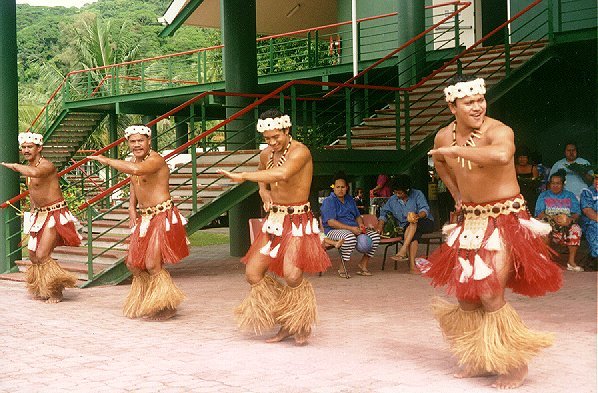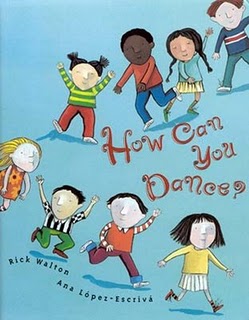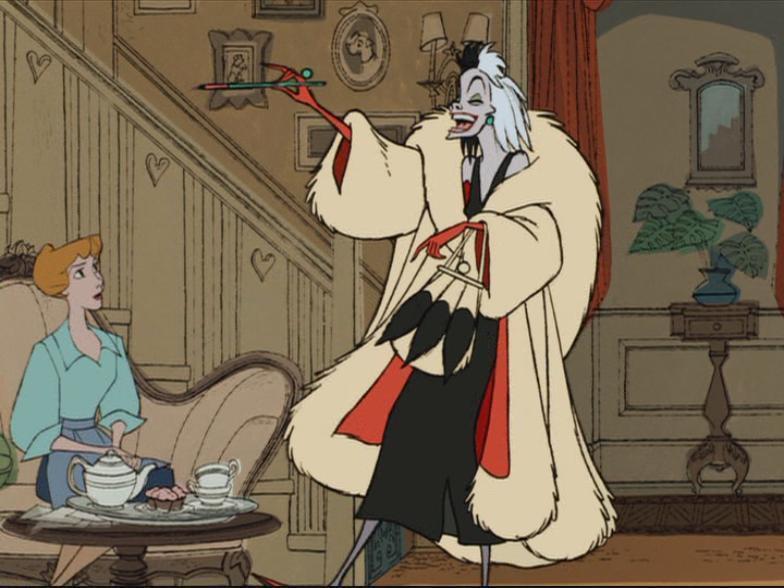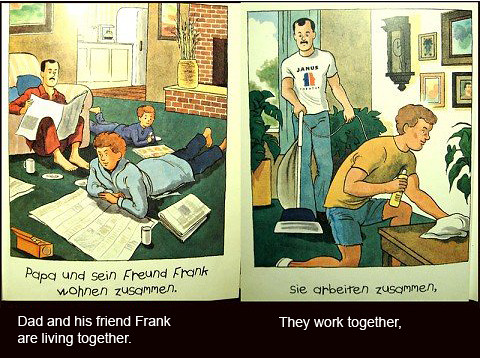Description:
Send a not home to parents asking if they, their older children, extended family members, or anyone they know would be willing to come to your classroom to demonstrate a traditional dance from their child's home culture. Teachers can also ask someone who participate in an ethnic dace group. Ask the parents or dancers to join your group time in their street clothes and talk with the children about when and where they dance, how they feel when they dance, what it means to them, and how they learned the dance.
I selected this activity because of the variety of cultural dances in the world. Personally, I have always loved to dance since I was little. In this world, there are so many types of daces based on the religions. Even in one religion, there are also so many types of dances such as for ceremonies, express emotions, pray, and worship. But first of all, dancing is FUN!! Therefore, children can have fun with dancing and at the sane time, they can learn the cultural differences. I believe that dancing is one of the most effective ways to teach children cultural differences and let them come in touch with the cultures.
I believe that this activity is appropriate for young children who are ages three to eight. Children LOVE to listen to music and move their bodies on the music by their own ways. They enjoy music and movement very much. Some people say that preschoolers are too young to discuss about cultural differences with adults and aware the difference. However, "young children are naturally curios about the world, which is why preschooler years are often referred to as the question-asking stages" (York 17). I believe that this activity will be fit for this age group of children.
According to the text, the themes of this activity are my people, bodies, music, and community (York 194). These themes are appropriate for the age group of children. In preschool year, children develop their self-awareness. Also, their body grows rapidly and their motor development increase during the period of time. Therefore, this activity is appropriate theme for their development and learning experiences.
Anti-Bias Goals:
- Introduce children to other cultures. (Handout)
- Demonstrate self-acceptance of one's cultural identity. (York 139)
- Recognize, appreciate, and respect the uniqueness, beauty, value and
contribution of each child. (Handout)
How Are These Goals Met?
Like I said above, introducing cultural dances is one of the most effective ways to teach children about other cultures. Having guests and dancers in a classroom is a great idea to meet the goals. Children can ask why they dance, what it is for, and how they learned the dance. This is appropriate for the children who are in question-asking period. Coming touch in other cultures and religion is amazing, valuable, and unique experience.
This book is a rhyming book. Children can be encouraged to dance kangaroos, trees, foxes, and more. Children would learn cultural dances from this activity but also learn silly and funny dances that other things such as nature and animals do. This would be a really fun activity with young children.
2. Going To My Ballet Class? By Susan Kuklin.
This book is a nice, straightforward introduction of ballet dance for young children. Ballet is one of the most famous types of dance in the world. I had really hard time to find children's books about cultural dances. However, I believe that this book is a great opportunity to learn ballet dance for children.
References:
Anti-Bias Activity Goals Handout.
York, Stacy. Roots & Wings. Redleaf Press: Minnesota. 2003. Print.
*All pictures are from Google Images.














